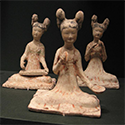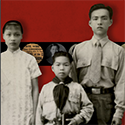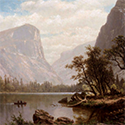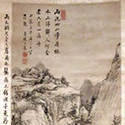|
|
| Show All 319 Results (Text Only) |
|
| China’s Long Nineteenth Century – Foreign Influence and the End of Dynastic China |
|
| National Museum of Asian Art, Smithsonian Institution
|
Students will be able to explain the various reasons why the Qing dynasty was weakened during the nineteenth century, especially with regard to the outside influence of foreign powers.
Go to Museum Resource: https://asia.si.edu/learn/for-educators/teaching-china-with-the-smithsonian/les... | |
|
|
|
|
|
| Chinese American: Exclusion/Inclusion [PDF] |
|
| Chinese Historical Society of America
|
Curriculum materials to accompany the New York Historical Society 2015 exhibition, “Chinese American: Exclusion/Inclusion” that explores the complex history of Chinese Americans. The exhibition’s title encapsulates the challenges of immigration, citizenship, and belonging that shaped both the Chinese American experience and the development of the United States as a nation.
Go to Museum Resource: https://chsa.org/wp-content/uploads/2016/09/Chinese-American-Classroom-Material... | |
|
|
|
|
| Chinese Arts of the Brush |
|
| National Museum of Asian Art, Smithsonian Institution
|
"Long before the Chinese invented paper in the first century B.C.E., they devised the round brush, which is used for both writing and painting." The unique versatility of the Chinese brush lies in its tapered tip, which is composed of a careful grouping of chosen animal hairs. Through this resilient tip flow the ever-changing linear qualities of the twin arts of the brush: calligraphy and painting. An historical overview of the "twin arts" of calligraphy and painting in Chinese art.
Go to Museum Resource: https://asia.si.edu/exhibition/gallery-guide-chinese-arts-of-the-brush/ | |
|
|
|
| Show All 319 Results (Text Only) |









